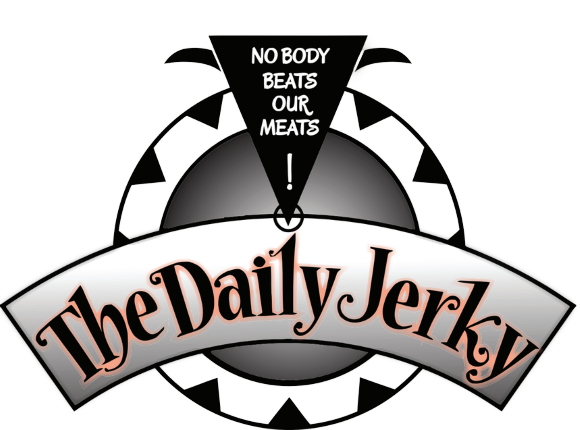Introduction:
When indulging in the savory delight of beef jerky, few consumers consider the meticulous processes behind its production. Enter Hazard Analysis and Critical Control Points (HACCP), a systematic approach that plays a pivotal role in ensuring the safety and quality of beef jerky. In this blog post, let's unravel the mystery behind HACCP and understand its significance in the beef jerky-making process.
- **Understanding HACCP:**
HACCP is not just an industry buzzword; it stands for Hazard Analysis and Critical Control Points. It is a preventive, science-based system designed to identify, evaluate, and control potential hazards in food production. For beef jerky, these hazards can range from microbial contamination to issues with processing and packaging.
- **Seven Principles of HACCP:**
HACCP operates on seven core principles, providing a structured framework for food safety. These principles include conducting hazard analysis, determining critical control points, establishing critical limits, implementing monitoring procedures, ensuring corrective actions, verifying the system, and maintaining records. Each of these principles contributes to a comprehensive strategy to safeguard beef jerky from potential risks.
- **Hazard Analysis in Beef Jerky Making:**
The first step in HACCP involves conducting a thorough hazard analysis. In the case of beef jerky, hazards could originate from raw materials, processing methods, or even the environment. By systematically analyzing these potential risks, producers can identify critical control points where interventions are necessary to prevent, eliminate, or reduce these hazards.
- **Critical Control Points (CCPs) in Beef Jerky Production:**
CCPs are specific stages in the production process where control measures are applied to prevent, eliminate, or reduce identified hazards to acceptable levels. In beef jerky making, CCPs may include steps like meat preparation, marination, drying, and packaging. By focusing on these critical points, producers can maintain control over factors that directly impact the safety and quality of the final product.
- **Monitoring, Corrective Actions, and Verification:**
HACCP emphasizes the importance of continuous monitoring at critical control points. Producers must establish procedures to track conditions and ensure that the process remains within critical limits. If any deviation occurs, corrective actions are implemented promptly. Verification involves periodic checks to confirm that the HACCP system is effectively controlling hazards, adding an extra layer of assurance.
- **Documentation and Record-Keeping:**
A crucial aspect of HACCP is the meticulous documentation of the entire process. This includes records of hazard analysis, critical control points, monitoring results, corrective actions, and verification activities. Thorough record-keeping not only ensures compliance with regulatory requirements but also facilitates traceability in case of any issues.
Conclusion:
HACCP isn't just a set of guidelines; it's a comprehensive system that safeguards the integrity of beef jerky. By diligently following the seven principles, producers can confidently deliver a product that meets stringent safety standards and exceeds consumer expectations. The next time you savor a piece of beef jerky, know that HACCP has played a vital role in making that delicious snack not just enjoyable but also safe to consume.

